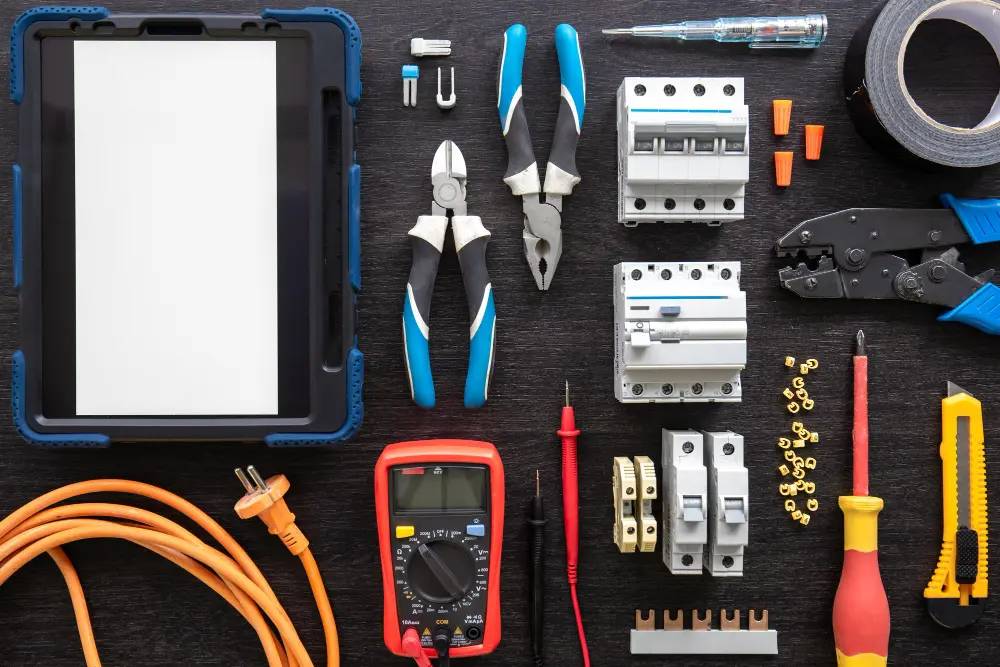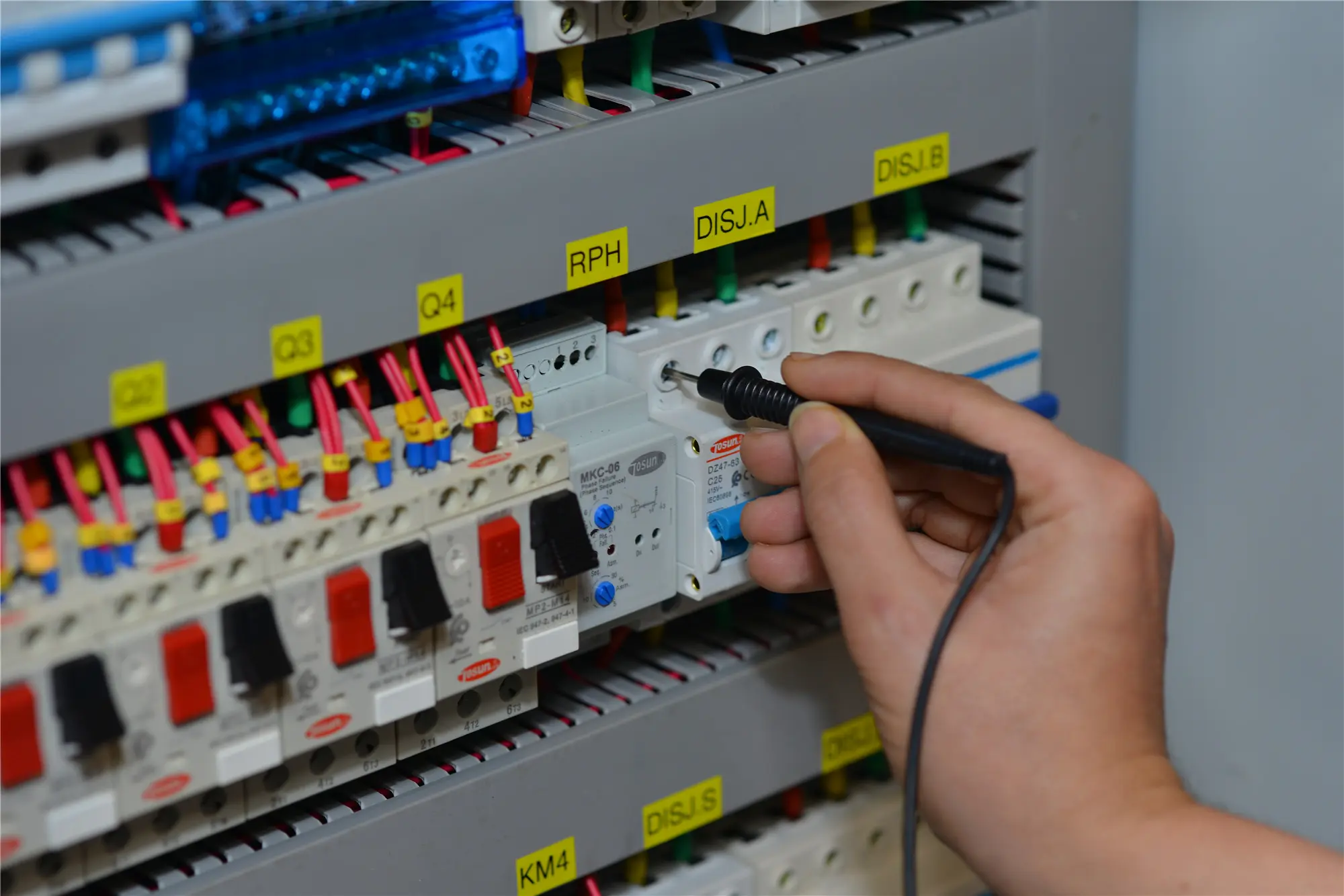How Do I Protect My Device From Overvoltage?
Table of Contents
ToggleOvervoltage is one of the biggest problems people face when using electricity. Sometimes, the flow of current increases, which leads to a power surge.
It can happen due to external factors like lightning or internal factors like tripped circuits or problems with the phase distribution of power.
However, it can severely damage the devices in your home which work on electricity. Because of this reason, you need to use overvoltage protection devices. It will protect your devices from overvoltage problems.
What is Overvoltage?
Overvoltage occurs when the voltage in an electric circuit or component of it exceeds its appropriate or maximum design capacity.
Overvoltage can have disastrous consequences, depending upon the overvoltage’s duration. If the overvoltage persists, it can lead to an explosion, in which case all electronics in the vicinity must be disabled or unplugged.
In some cases, the overvoltages are so large that they are actually hazardous. Depending on their duration, the overvoltages event can either be transient, indicating a short-lived spike in voltage, or permanent, resulting in power surges.
An over-voltage alarm is one of the most effective protections for circuits and other equipment. These devices enable the user to protect themselves from the dangers of over-voltage by initiating the over-voltage protection circuitry when an over-voltage condition develops.
Protecting Devices from Overvoltage:
There are several different types of protection available, including circuit breakers, surge protector, and fuses. You can use any of these devices to protect the electrical equipment in your home from overvoltage.
- Voltage Relay: The voltage relays are used in order to protect your electric circuit and to also make sure that there is no overload of the current. It is also important to know how voltage relays work so that you will be able to understand why you need to use them if you use voltage-controlled circuits in your home or office. You can use it to protect the appliances in your home that work on electricity.
- Circuit Breaker: The circuit breaker uses an electromechanical device to protect the incoming voltage from changing to too high levels. It works by closing down if the input exceeds the FET’s throw-away rating. This device works well with one terminal and can provide protection for all three major voltage ranges. However, it can be expensive and is not recommended for all types of circuits.
- Surge Protector: If you’re like most people, you’ve either never heard of using surge protection. It helps you to protect yourself and your electronics from overvoltage damage. There are many different options out there, and a lot of them are very affordable. It’s important to know what your options are so that you can make the choice that works best for you and your needs.
- Surge Arrester: It is an electric surge protection system, which uses a sine wave to detect overload. You can make necessary changes and adjustments to make it work more reliably and efficiently. When it comes to protecting your devices from overvoltage, this is the best option. It is installed in the ground to protect the entire building from a power surge. This way, you can keep your entire building and appliances safe from electricity overloads.
Tel: +86-577-88671000
E-mail: ceo@tosun.com
Skype: tosunelectric
Wechat: +86-139 6881 9286
WhatsApp: +86-139 0587 7291
Address: Room No.1001 Wenzhou Fortune Center,Station Road, Wenzhou, China
REQUEST A QUOTE
WhatsApp us
 : +86-139 0587 7291
: +86-139 0587 7291 English
English Español
Español Русский
Русский Français
Français العربية
العربية Português do Brasil
Português do Brasil Українська
Українська Türkçe
Türkçe Polski
Polski Nederlands
Nederlands Italiano
Italiano Bahasa Indonesia
Bahasa Indonesia हिन्दी
हिन्दी اردو
اردو አማርኛ
አማርኛ Հայերեն
Հայերեն ไทย
ไทย Монгол
Монгол فارسی
فارسی Shqip
Shqip Ελληνικά
Ελληνικά


